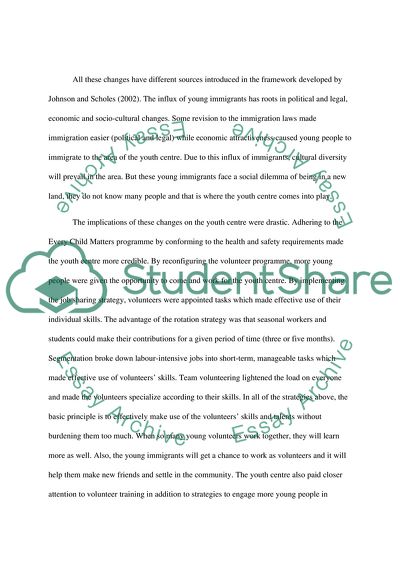Cite this document
(The Internal Organizational Problems Personal Statement, n.d.)
The Internal Organizational Problems Personal Statement. Retrieved from https://studentshare.org/human-resources/1737228-leadin-work-wih-young-people
The Internal Organizational Problems Personal Statement. Retrieved from https://studentshare.org/human-resources/1737228-leadin-work-wih-young-people
(The Internal Organizational Problems Personal Statement)
The Internal Organizational Problems Personal Statement. https://studentshare.org/human-resources/1737228-leadin-work-wih-young-people.
The Internal Organizational Problems Personal Statement. https://studentshare.org/human-resources/1737228-leadin-work-wih-young-people.
“The Internal Organizational Problems Personal Statement”. https://studentshare.org/human-resources/1737228-leadin-work-wih-young-people.


